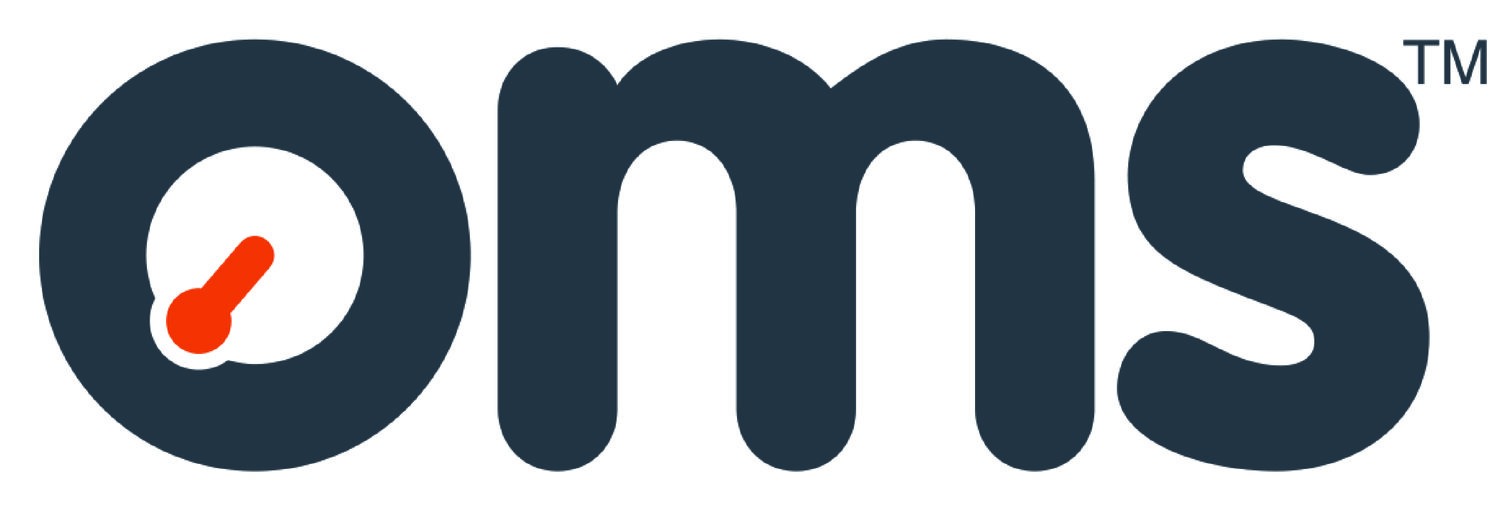All square
Written by Tim Clarke FInstPhys
Our clients expect of us tools and services which can be traced back to National Standards. Without this in place measurements can be worthless for any meaningful or important application. Ultimately all measurements should be able to pass the test of being able to prove that the information provided is accurate.
So how to do this for the humble square. A device used by all and sundry from Carpenters to Engineers. Such as simple device, so fit for purpose you would imagine? Or is it?
First of all, is the square that you have square? Well thankfully this is quite easy to establish if to a limited degree. If you have any surface with a straight edge to it. Place, place the square on the surface and mark a line. Then turn the square over so the stock (the part that is pushed against the edge) is facing the opposite direction. Line up with the line close to the stock and put another line on the surface. If these two lines are not coincident with each other but have a “V” shape then the extent to which these two lines mismatch with each other is twice the out-of-squareness the tool.
However, although it is now established there is a problem with a square or a square appears to be fit-for-purpose, you will note that none of this is quantified. The absence of any metric and traceable knowledge regarding the square is a fundamental problem for any work where there are consequences to getting something wrong.
I have had the opportunity to visit many pipe mills over the years and have worked in a few of them as well. I have often asked to be shown the tools being usedused to measure end squareness. On one occasion, inin a pipe mill that manufactured extremely high value pipes, I was shown the device that they had available. It has been purchased from a local hardware store and was probably sufficient for woodwork but not for signing off on a valuable pipe costing many thousands of dollars. This has often provoked me to think about how such blunders can occur. The main reason could be a lack of consequences for getting this measurement wrong, general complacency or just ignorance about how this measurement could be performed better.
When we had the opportunity to put our expertise to the test for a client in a highly significant pipeline crossing many states in the US (Keystone) we developed our first traceable square. For the first time we were able to show a path to traceability and also to obtain direct measurements of the out-of-squareness of a pipe.
The scheme we used was to create our own engineering square and to incorporate a calibrated dial gauge in the design. The resulting tool being used is illustrated in the following figure.
The stock was moved along the pipe wall until the bottom of the square came in contact with the pipe. The end of the pipe closest to the stock was then measured using a dial gauge. The calibration sticker of which can be seen to the left of the image. The tool itself was calibrated by “zeroing” the dial gauge with the square placed in contact with a calibrated square for which there was a calibration certificate and full traceability.
This set-up square was too heavy to be used in practice but provided the essential traceability and verification checks on a regular basis.
Following demand from our clients we were asked to provide squares for sale. We undertook a design performance and usability review and decided we could make a further significant improvements to the device. A potential weakness of the initial design was that operator could put pressure on the square by attempting to move the stock. In the redesigned system the dial gauge was moved to the opposite end of the blade thus always only exerting the same force on the blade and thus providing more repeatable results with less operator bias to the device.
Other features are the use of carbon fibre tubes to ensure that the device is light weight and portable and the ability to change the position of the contact points in order to measure differing size pipes or objects.
Further advances to the tool provide Bluetooth operation allowing the operator to log results automatically to a tablet making this not only a unique square in that it is traceable but also one that reduces operator transcription errors because it is fully digital.




